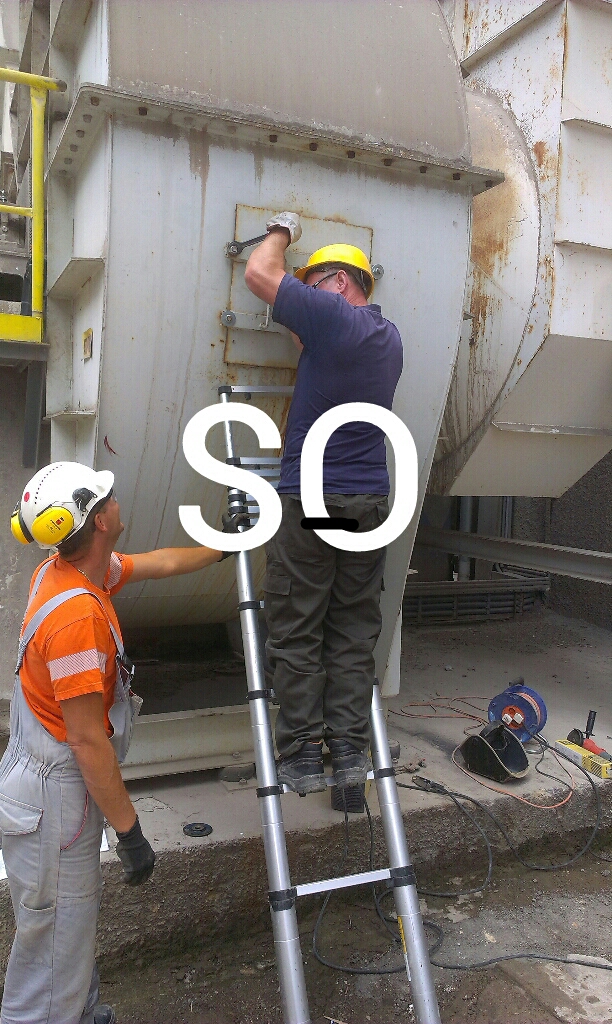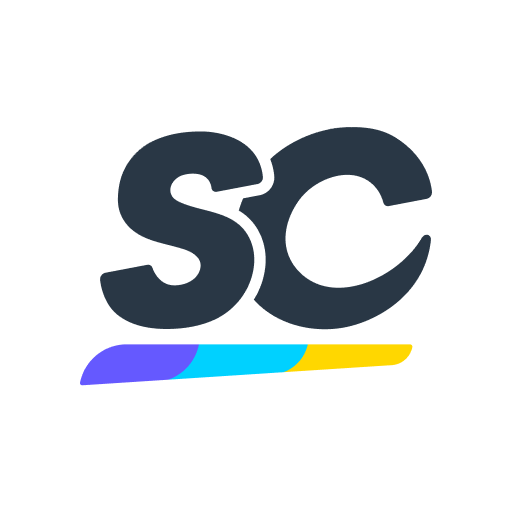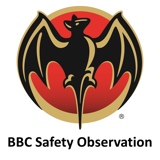Title Page
-
Site/Plant
- CEM Turňa
- TAP 200
- Claypit area
- CEM Rohožník
- baňa Fortuna
- public road
- other
-
Place
-
Conducted on
-
Prepared by
-
Observed person:
Behavior Observation Checklist
-
He/she does continue working (reaction to observation)
-
He/she didn't re-arrange job (reaction to observation)
-
He/she didn't hide and didn't dodge (reaction to observation)
-
He/she didn't performed lockout (reaction to observation)
-
He/she didn't change position (reaction to observation)
-
He/she didn't change tool (reaction to observation)
-
He/she didn't adjusted required PPE (reaction to observation)
-
Eyes/Face protection on (PPE)
-
Head protection on (PPE)
-
Ears protection on (PPE)
-
Respiratory system on (PPE)
-
Body protection on (PPE)
-
Harness/ fall protection on (PPE)
-
Legs/feet protection on (PPE)
-
He/she couldn't be hit by an object (working position)
-
He/she couldn't fall (working position)
-
He/she couldn't be in contact with extreme temperature (working position)
-
He/she couldn't inhal, absorb or swallow hazardous substances (working position)
-
He/she couldn't be impact by electric current
-
He/she didn't perform repetitive movements (working position)
-
He/she didn't use excessive force (working position)
-
He/she used tools in good shape (tools and equipment)
-
He/she used tools correctly (tools and equipment)
-
He/she used tools/material suitable for job (tools and equipment)
-
Procedure or standards established (procedures and policies)
-
Procedure or standards known and understood (procedures and policies)
-
Procedure or standards followed (procedures and policies)
-
Procedure or standards adequate (procedures and policies)
-
Risk Assesment in place
-
Risk known and understood
-
Related to 16 Life Saving Rules
- Contractor Management
- Machinery Safety
- Energy Isolation
- Electrical Safety
- Site Transport / Rail / Trepass
- Forklift Safety
- Mobile Phone
- Haulier Safety
- Construction Project Safety
- Road Surfacing / Repair
- Lifting Operations
- Work at Height / Falling Objects / Water
- Confined Space Work
- Lone / Remote working
- Explosive Safety
- Process Safety (Overpressurisation, Hot Material, Fire, Storage, Handling, Hazardous Material )
-
Briefly describe the incident or observation
-
Proposed action:
-
Photo:















